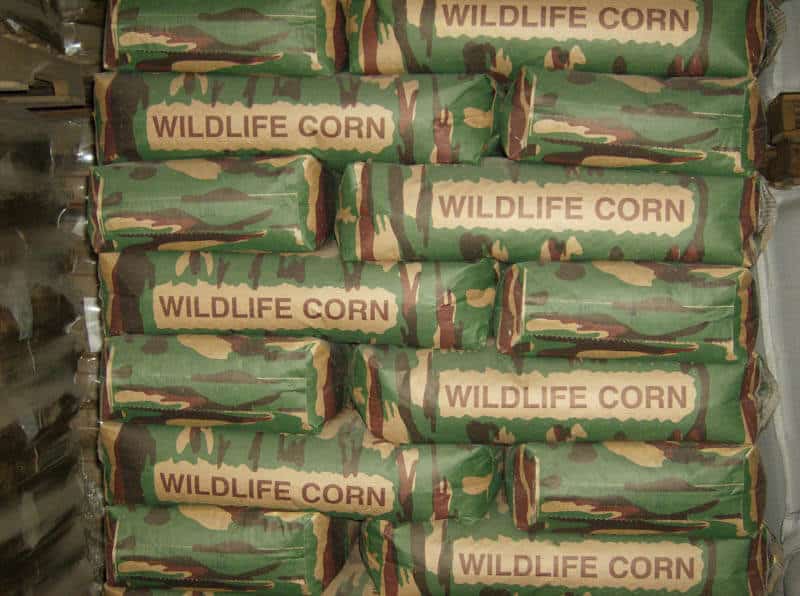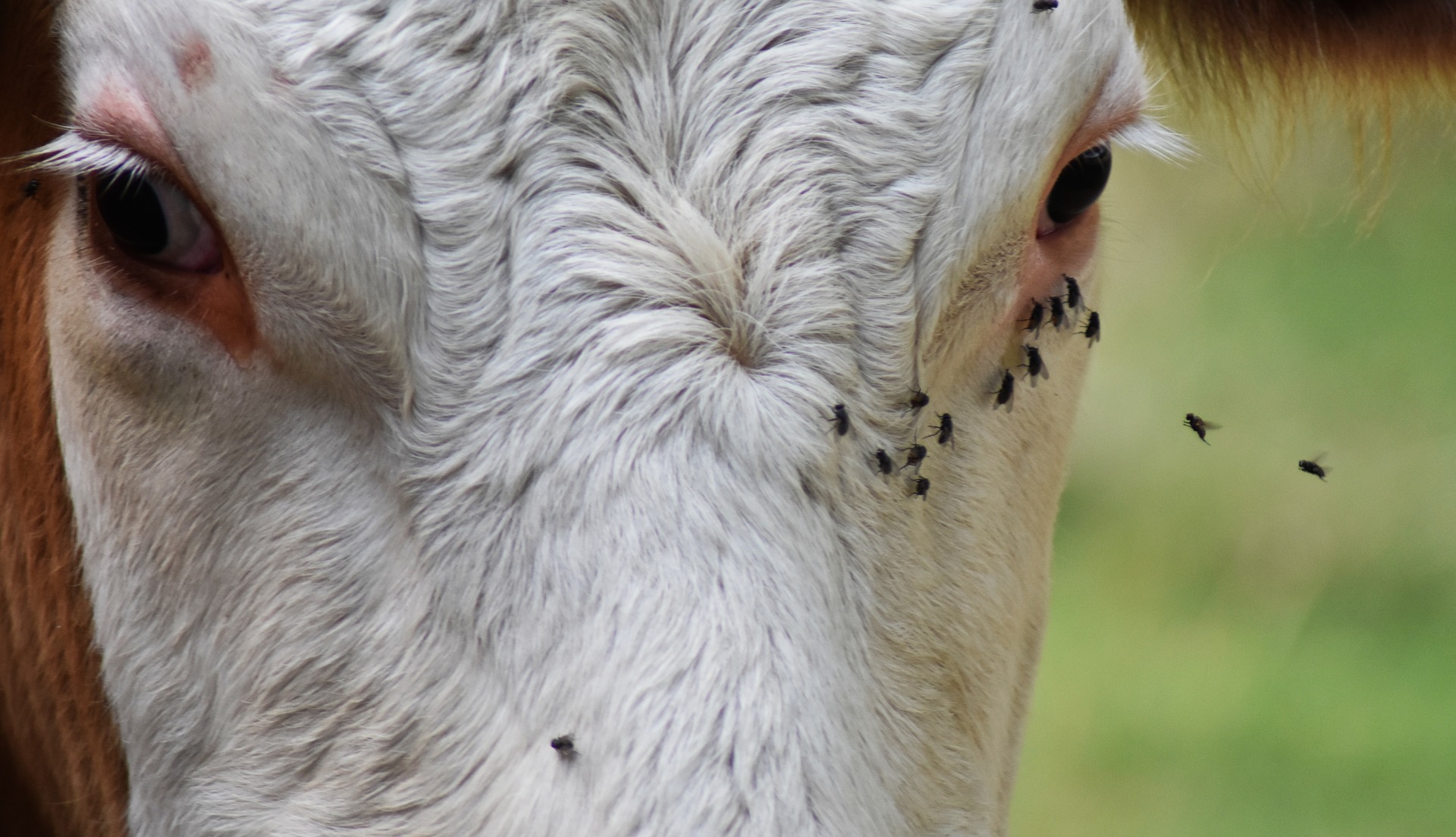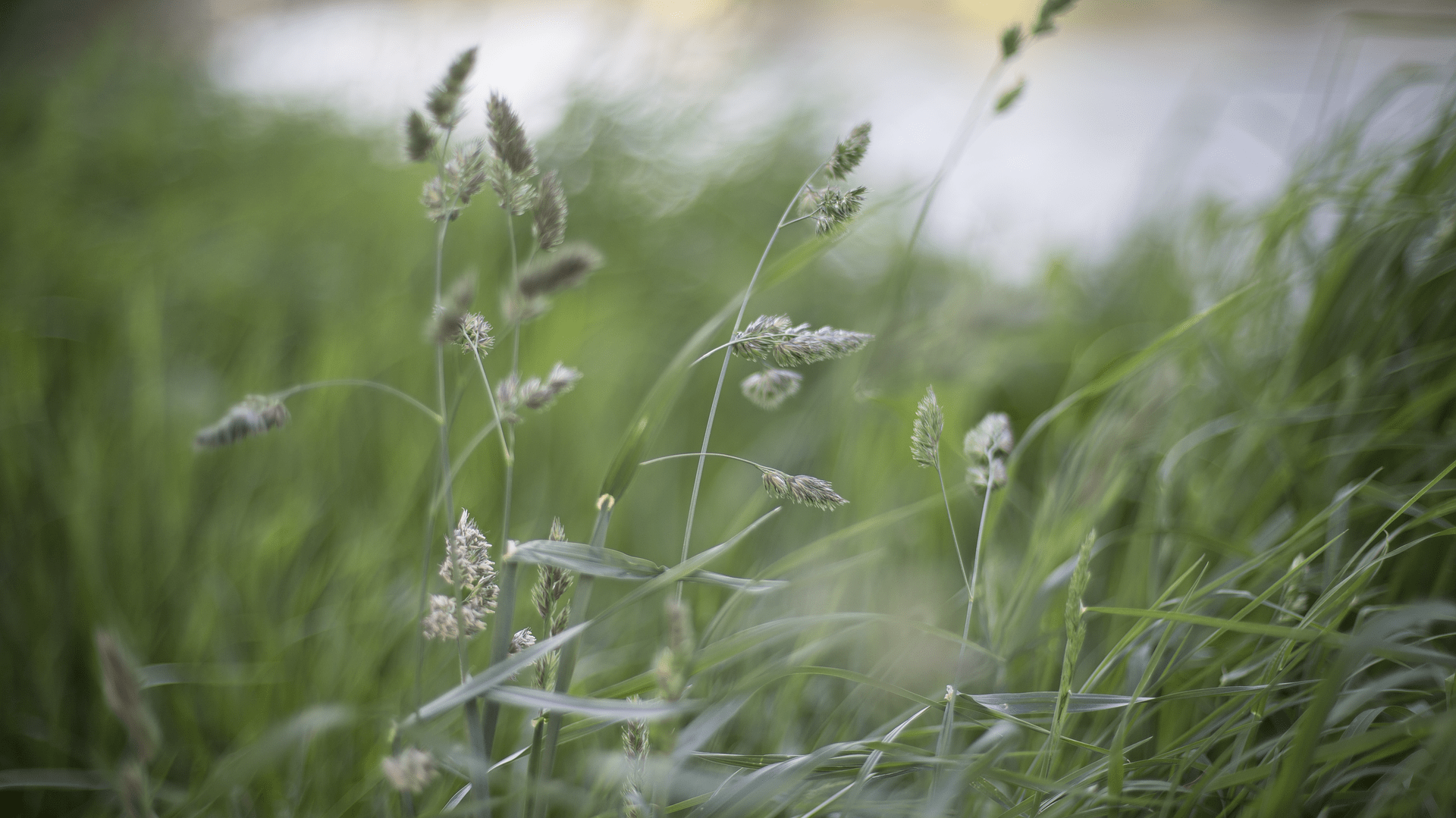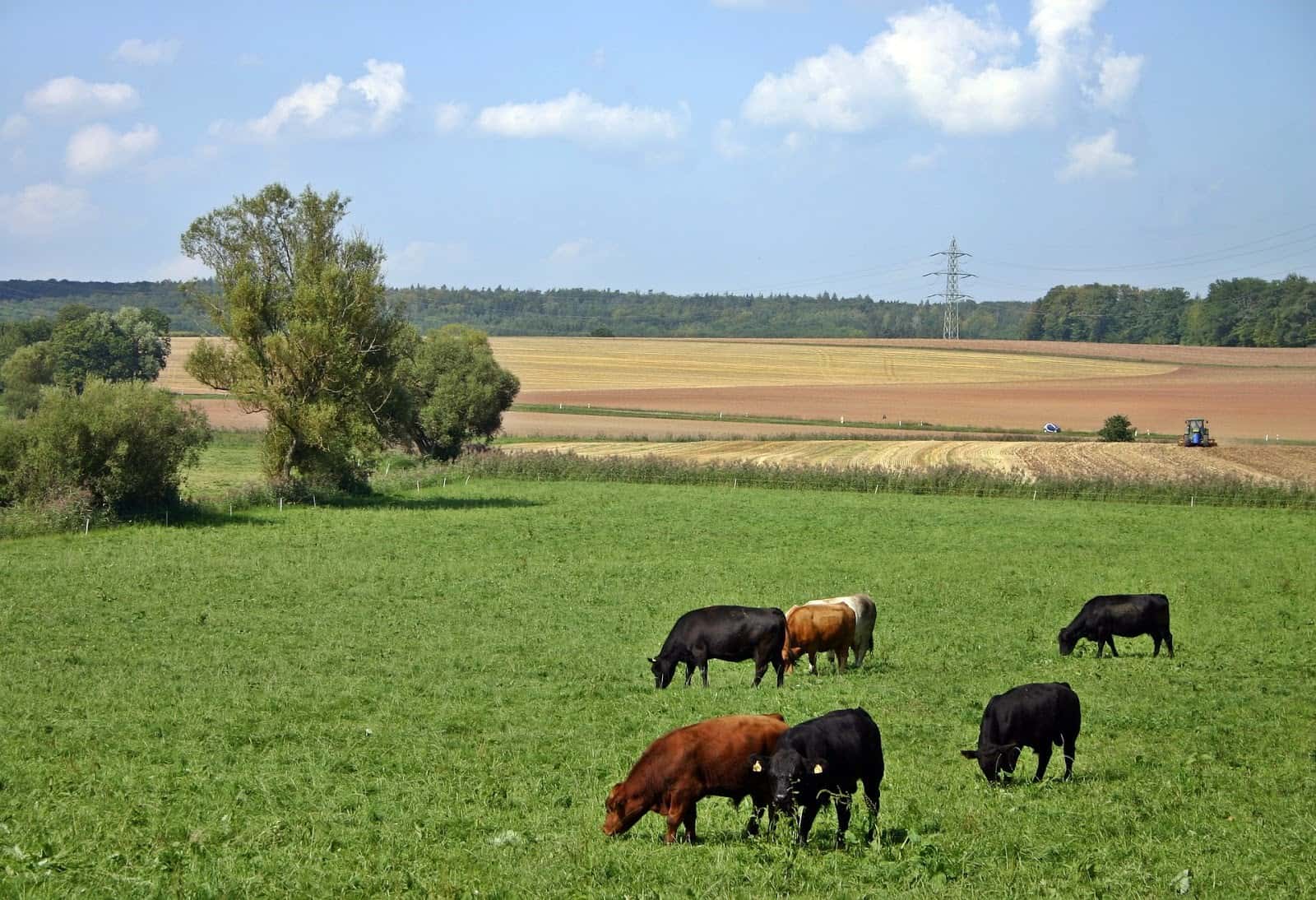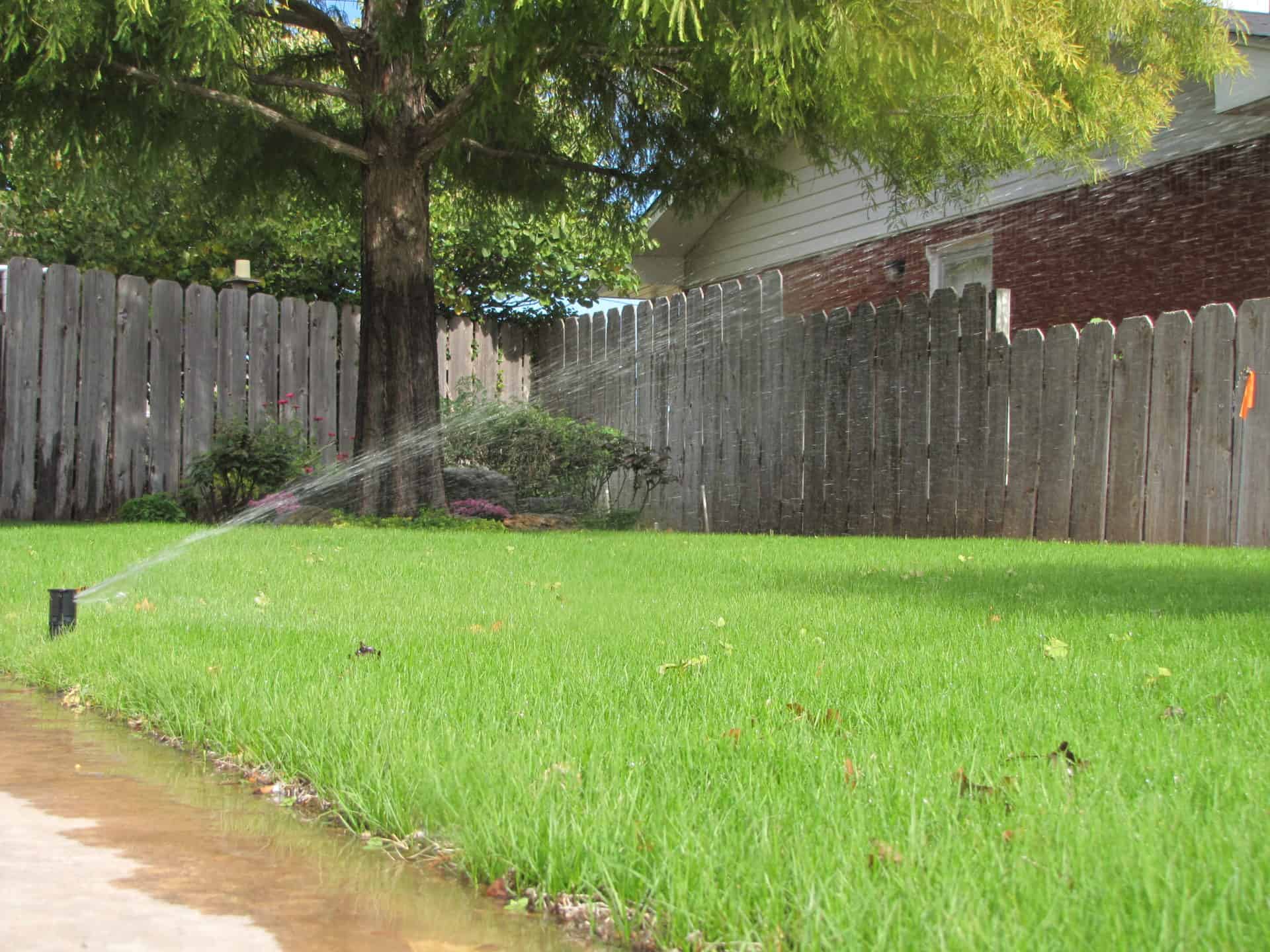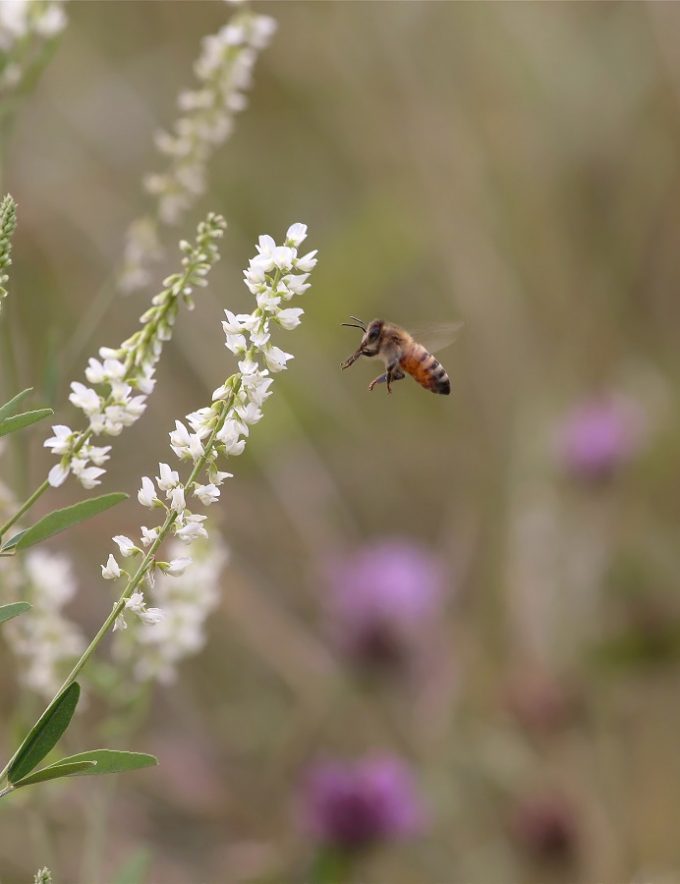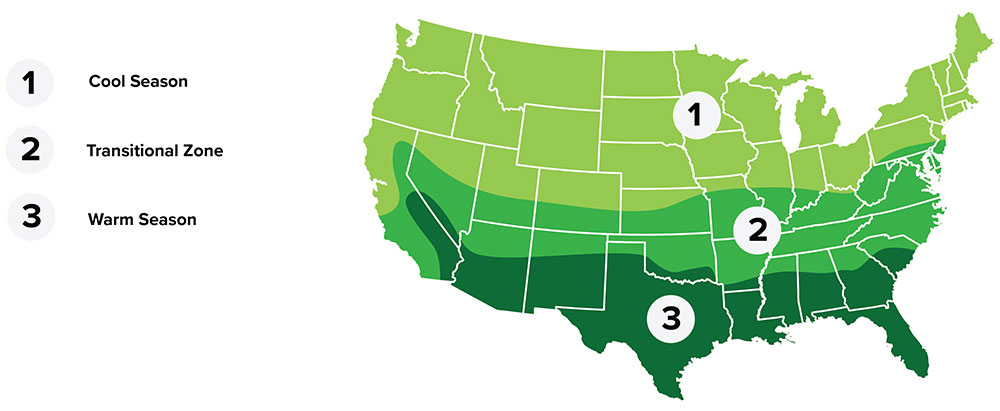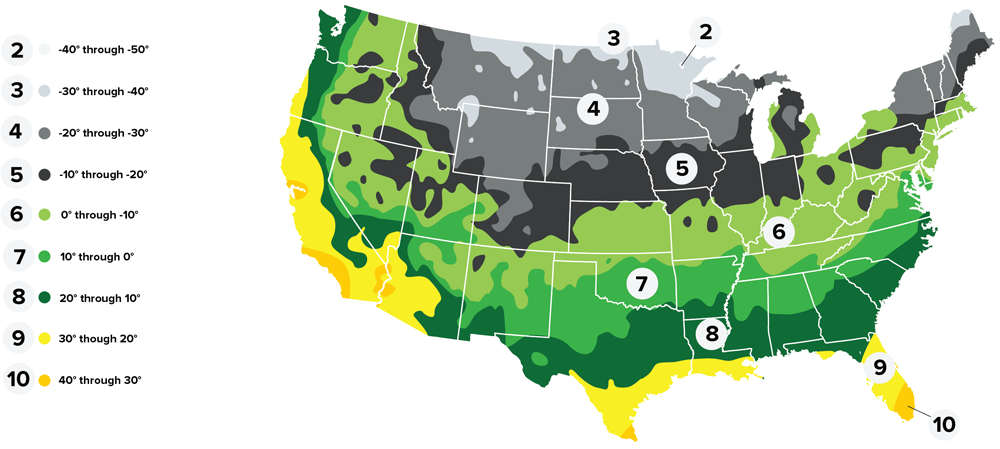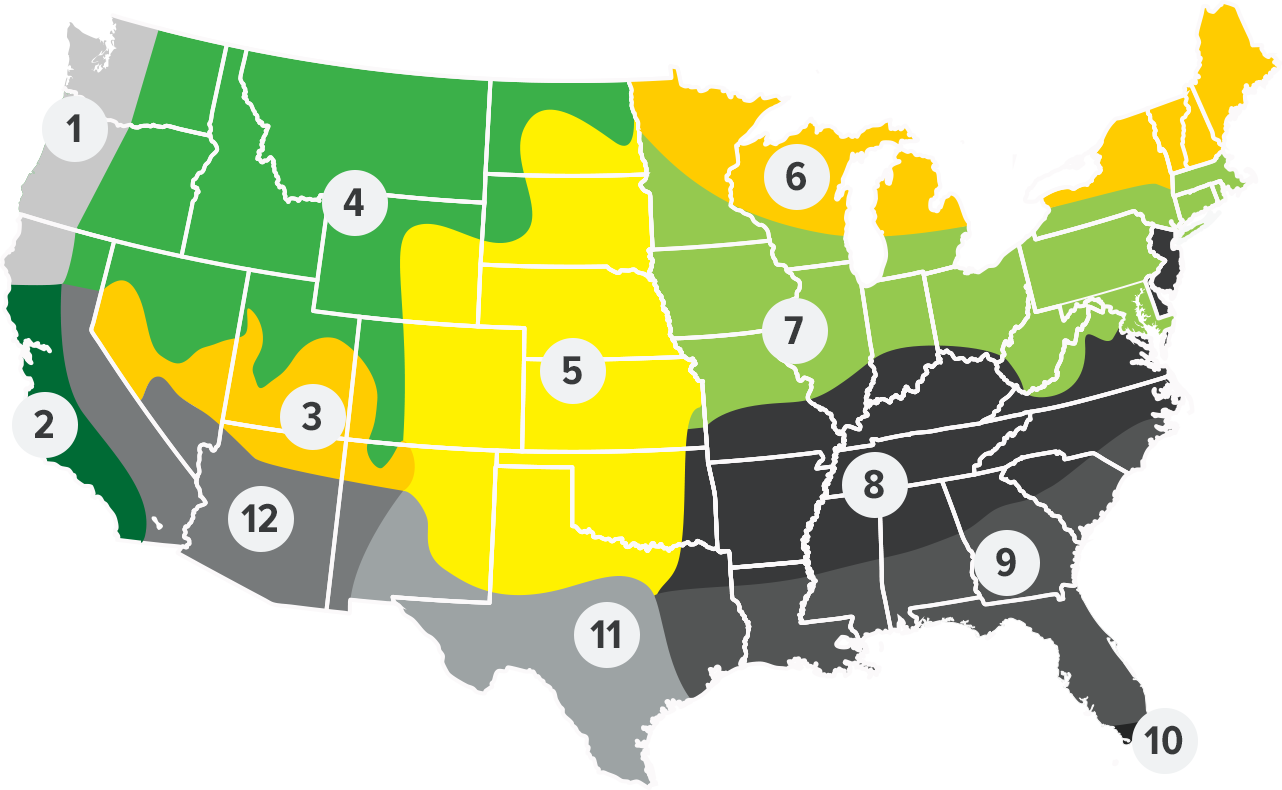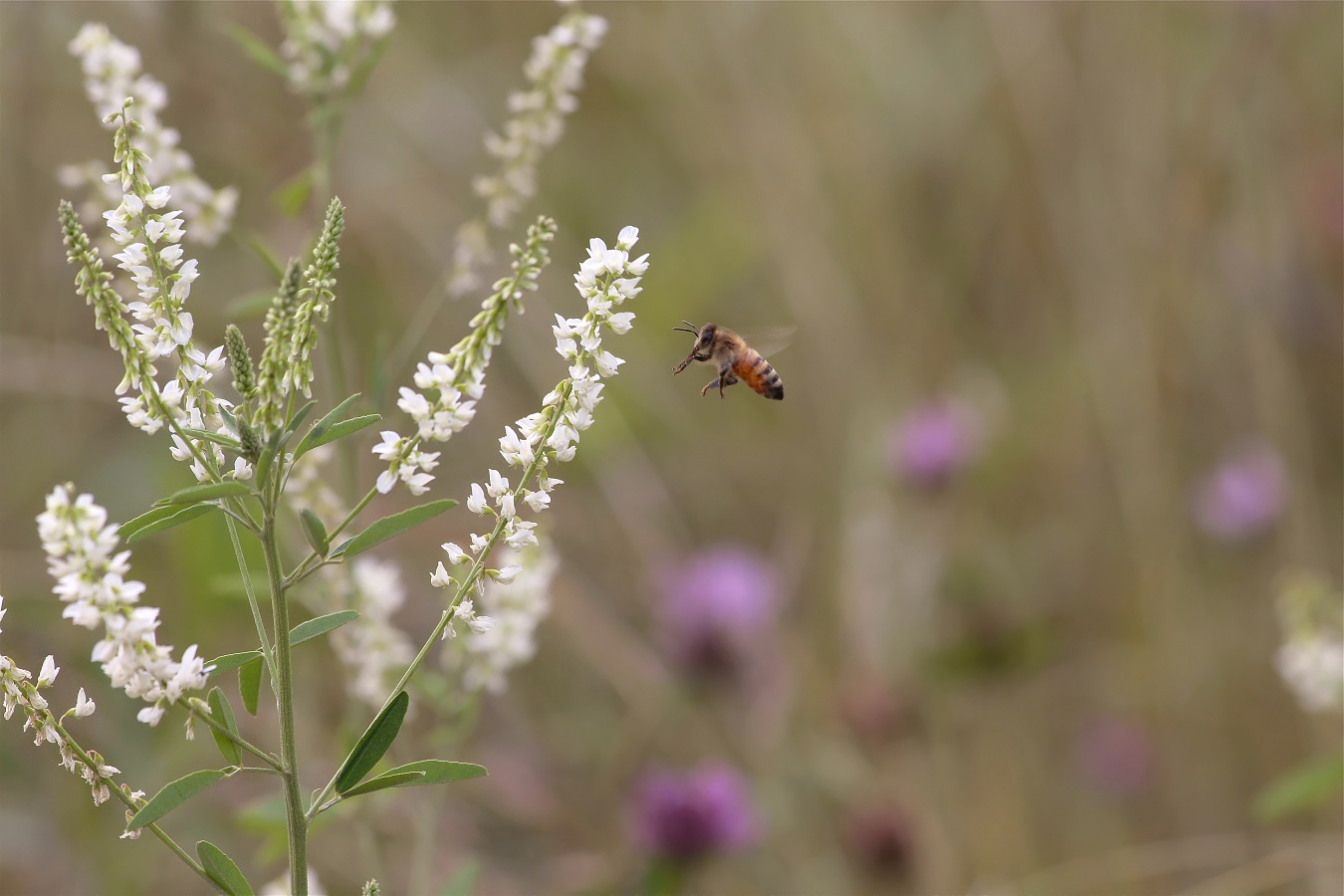
HUBAM WHITE SWEET CLOVER
Summary
Hubam is a summer annual sweetclover that is adapted from Georgia to Maine. It blooms and sets seeds in the planting year. Its value is largely in its soil health benefits (including nitrogen fixation) and its ability to attract pollinators with its abundant nectar production.
Planting: Hubam clover can be frost-seeded in late winter or spring seeded as a summer annual. Spring seeding should be done in early spring, about oat-planting time, because sweet clover seed requires a good supply of moisture and cool temperatures for germination and early seedling growth.
It can be planted from early spring to July. With a summer planting, it will bloom until frost. Staggered sequential planting dates can be used to ensure continuous nectar flow throughout the summer and fall. However, later plantings are less successful with limited moisture.
For successful overwintering, plant no later than late summer (mid-August to early September in the mid-Atlantic region), or 5-6 weeks before the first killing frost. Sweetclover grows very slowly for the first 60 days, and a timely planting is critical for growing enough root biomass for winter survival – and blossoms early in the spring.
Sweetclover is highly tolerant of frost and cold temperatures. It can be used as an overwintering cover crop more successfully than crimson clover in northern climates, and would be a good component in cover crop mixes for the Northern US. The plants have evolved “contractile” roots which pull the plant crown down into the soil in the fall, this allows the plant to more successfully survive cold winter temperatures.
Plant Characteristics
Taxonomy
Zone
- Regional Growing Zone
- 1 - Northwest Coastal, 2 - California Coastal, 3 - Southern Mountain, 4 - Mountain, 5 - Midwest, 6 - Northeast Lakes, 7 - Great Lakes South, 8 - Appalacia, 9 - Southeast, 10 - South Florida, 11 - South Texas, 12 - Southwest
- USDA Plant Hardiness Zones
- 1, 2, 3, 4, 5, 6, 7, 8, 9, 10
- Temperature Zone
- Warm, Cool, Transitional
Plant Characteristics
- Height
- 39" - 78"
- Bloom Period
- Summer
- Bloom Color
- White
- Leaf Color
- Green
- Growing Cycle
- Annual
- Growth Habit
- Stoloniferous
- Sun Requirement
- Full Sun
Plant Information
- Planting Season
- Early-Spring - Late-Winter
- Plant Depth
- 0.25" - 0.5"
- Minimum Soil Temp for Germination
- 42° F
- Establishment
- Easy
Seed Information
- Seeds Per Pound
- 260,000
- Kingdom
- PLANTAE
- Subkingdom
- TRACHEOBIONTA
- Super Division
- SPERMATOPHYTA
- Division
- MAGNOLIOPHYTA
- Class
- MAGNOLIOPSIDA
- Subclass
- ROSIDAE
- Order
- FABALES
- Family
- FABACEAE
- Genus
- MELILOTIS
- Species
- MELILOTIS ALBA
Coverage Area & Available Sizes
Seeding rate: Drill 12 to 15 lbs/acre, seeding depth 1/4” to 1/2” deep, but not deeper than 1/2”. Broadcast: 20 to 25 lbs/acre. Seed can be broadcasted on double disked ground and packed for successful germination.
Frost seeding: 20 to 30 lbs/acre in February/Late winter.
Applications
Cover crop Biomass: When spring planted or frost seeded, it can produce 2,000 – 3,500 lbs/A. When
planted in fall for overwintering, it can produce 2,000 – 8,000 lbs/A. Most growth occurs in late spring into
summer, which is better for producing nitrogen and biomass before a fall-planted winter grain than what you
would expect from a traditional overwintering cover crop grown before corn.
Nitrogen contribution as a green manure: Nitrogen is typically 2 percent of biomass; frost or spring
seeded Hubam sweetclover can accumulate 40-70 lbs/A of N by late summer/early fall, of which about half (20
-35 lbs/A) is available the first year after termination.
With a fall planting that overwinters into the following year, 40-160 lbs/A of N can be accumulated by late
summer or fall, with about 20-80 lbs being available within the first year after termination.
Attracts honeybees and many other beneficial insects, such as Tachinid flies and other large predatory wasps.
High nectar producer. Once it begins flowering, it will flower for about two months, because of the sheer number
of flowers (up to about 1500 flowers on a single plant) and the irregularity of bloom.
Produces nectar from morning into late afternoon during summer months. This is a longer nectar flow than other
summer annual nectar producers, such as buckwheat, which will shut down their nectar
production in the afternoon.
Both pollinator and soil improvement attributes.
Grow in riparian buffers to enhance farm-scaping, where it may re-seed itself for longterm
growth as a pollinator.
Notes
Don’t forget to purchase the required inoculant for this product.








